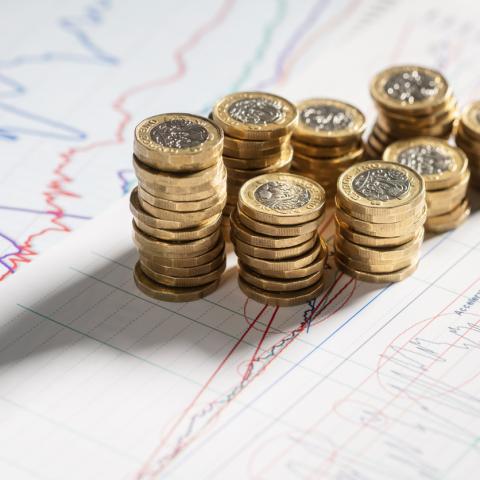What does Pride mean in 2022?

By Perry Miller
What does Pride mean in 2022? Is it a party, a protest, or just an opportunity for corporations to cash in? Flicking through my social channels, it could be any of these and plenty more: there are as many opinions on Pride as there are colours in the rainbow flag.
Certainly, as it celebrates its 50th year, Pride has come a long way from its origins as a movement of social protest in the 1970s. Pride is now mainstream: in London, it’s a huge party through the streets of the West End with a seemingly endless parade of floats representing many of the UK’s best-known companies. For some, that fact alone is reason enough to question its existence: i) equality has largely been achieved; ii) the corporates are moving in; iii) it lacks creativity (i.e. it’s the same every year).
I went to my first Pride march (not parade) in the late 1980s – Section 28 was in full force; the AIDS crisis was tearing through the gay community; and the age of consent for gay men was 21. There was a lot to protest about but not many people were listening – in fact, the atmosphere was positively hostile: in 1987, almost 75% of the population agreed that same sex relations were ‘always or mostly wrong’.
Even attending Pride could be a risky business. Not so much because of the hate preachers, allocated a choice spot along the route of the march from which to hurl their threats of eternal damnation at you, or because of the occasional skinhead ready for a spot of gay-bashing. No, it was the fear that someone might see you – a work colleague perhaps – or the press might take your photo and then your family might see you in the Sunday paper. At Conservative Party Conference many years ago, the camera panned across the audience and caught me in close conversation with a fellow delegate – that resulted in a warning from my then employer, who was watching at the time, to ‘be more careful.’
Companies didn’t get involved with Pride in those days. No Pride month. No discrete rainbow flags. Very few LGBTQ+ workplace networks existed. So for me, bit by bit as my confidence grew, the annual Pride march became an opportunity to stand tall, in solidarity with thousands of others on the day, and to demand change. Year on year, the march grew, and the shouts became louder until the momentum for change and progress became impossible to resist.
Changes in legislation brought with them a change in attitude: the ‘always or mostly wrong’ statistic quoted above had fallen to just 17% by 2017 (although that is still almost 1 in 5 people). Businesses could see the value of the ‘pink pound’ and fell over themselves in a rush to paint themselves LGBT friendly. I get the irritation of those who accuse companies of ‘pink washing’ for June (I too have watched as the social media handles of many organisations I follow adopted the rainbow flag on 1st June and will dispense with it on 30th) but I don’t share it: for me, Pride has always been about visibility and about seeking to normalise behaviours that others have found challenging to accept. If the rainbow flag on my Sainsbury’s shopping app gives comfort to one person or reminds a parent that their LGBTQ+ child’s rights are mainstream rights, then I’m behind it.
And that’s why I still believe that Pride has a purpose, even if it is a massive street party. It’s less about protest and more about visibility. As that huge parade winds its way down Regent Street in a couple of weeks’ time, and as the belting music gets the hips of the Saturday shoppers (and their kids) moving, we are all celebrating and normalising what was, until only very recently, considered abnormal in our society.
Visibility is the absolute key. Never let it go or that parade will once again become a march.








